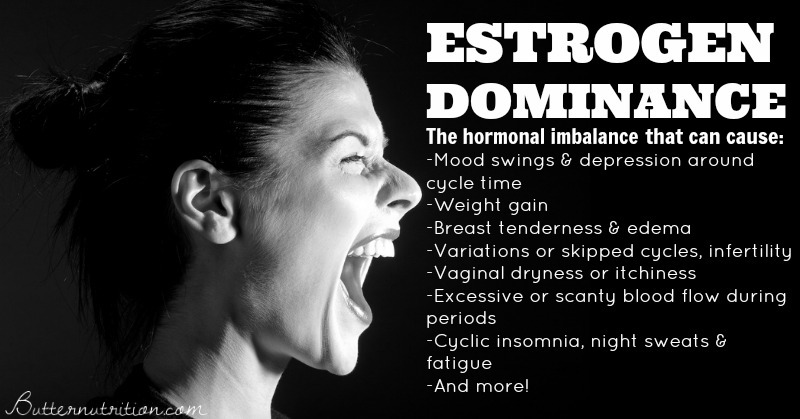
We’ve been looking at God’s designing of our bodies–which are wholly amazing! In part one we saw that hormones are part of the “sap” that runs through our bodies with messages for every part of us. They hook our cells together with those messages and make them function as a “team” and bring harmony to us. When that team isn’t working together, then that’s when we start feeling off and even unwell.
In part two we were looking at the two main hormones that are the key to that “sap”: Estrogen and Progesterone. We saw Progesterone is good and is the counterbalance of Estrogen, and how Estrogen, when in excess, can be very bad. We talked a bit about the symptoms of too much Estrogen and a syndrome that most women have called “Estrogen Dominance”. We also looked at a few of the major sources of excess Estrogen, including diet. We’re going to continue talking about some more common ways where Estrogen dominates our bodies.

Beyond diet, learning to control stress in our life is essential, as stress ramps up estrogen significantly and creates a greater imbalance. Also, addressing a malfunctioning thyroid is another key to controlling excess estrogen. If your thyroid isn’t working well your body won’t eliminate estrogen efficiently. Our environment is another crucial area where our bodies are physically stressed by too much estrogen exposure. Things known as “xenoestrogens” will add extra estrogen to the body in the same way that nutritionally-deficient food can. Some sources of xenoestrogens might include: commercially raised meat, canned foods (from the chemicals in the cans), plastics, plastic food wraps, pesticides, detergents, bathroom/kitchen cleaners, air cleaners. Basically, anything synthetic. Chemicals in commercial makeup is a giant source of excess estrogen. Avoiding xenoestrogens isn’t really 100% possible in this day and age. It can def be expensive, but being aware of the sources and largely avoiding them by using natural or organic alternatives as much as (financially) possible can be tremendously helpful.
Phytoestrogens and Food
By this time, you might be wondering if essential oils could help balance hormones. They can help, but without the above information and building a healthy foundation that helps to remove excess estrogen, trying to utilize essential oils (or any other natural means) to balance hormones will likely turn out to be a fruitless and frustrating endeavor.
Essential oils especially, by nature, are considered “complementary medicine”. In other words, essential oils function best along side other forms of treatment and not as the sole method of doctoring a health issue. This would include the subject of a woman’s hormones. In addition, a wholistic and natural approach which takes herbal and nutritional treatments under consideration is always wise, and especially so in trying to balance estrogen and progesterone.
Along with xenoestrogens which can add extra estrogen to our system, there are also phytoestrogens (phyto, meaning plants). Phytoestrogens are found in foods, herbs, and spices and act similarly in the body as biological estrogen in varying levels. One food that is very high in phytoestrogens is soy products, such as soy milk, tofu, and soybeans. Having as little as 4 Tbs (30 grams) per day may stimulate the growth of estrogen-dependent tumors predisposing women to cancer.12
Other foods high in phytoestrogens would include flax seed, dried fruits like apricots and dates, wheat bran and whole grains, peaches and berries, etc. However such foods are also healthy for you. Many of them are high in antioxidants and good things, so you don’t necessarily want to avoid them altogether, but moderation may be prudent if you’re having hormonal difficulties. At the very least, it’s wise to be aware of their ability to effect your estrogen levels if consumed in large amounts. (Which means no scarfing down 3 servings of blueberry pie at a time.😉)

Ok, so… this is getting long, so we’ll take a little break and next time we’ll delve into essential oils and some herbal possibilities that may help to balance progesterone and estrogen.
footnote: 12 Weston A. Price Foundation, http://www.westonaprice.org/health-topics/soy-alert/myths-truths-about-soy/
The purpose of Jordan’s Crossing Herbal Connections is to promote the sharing of information about healthy, natural products and dietary supplements. JCHC’s views and opinions are INFORMATIONAL ONLY and are not intended to constitute medical advice. If you are sick, injured or pregnant, please consult a licensed health care professional.
